MA STE Frameworks: Develop a model to describe that (a) atoms combine in a multitude of ways to produce pure substances which make up all of the living and nonliving things that we encounter, (b) atoms form molecules and compounds that range in size from two to thousands of atoms, and (c) mixtures are composed of different proportions of pure substances.
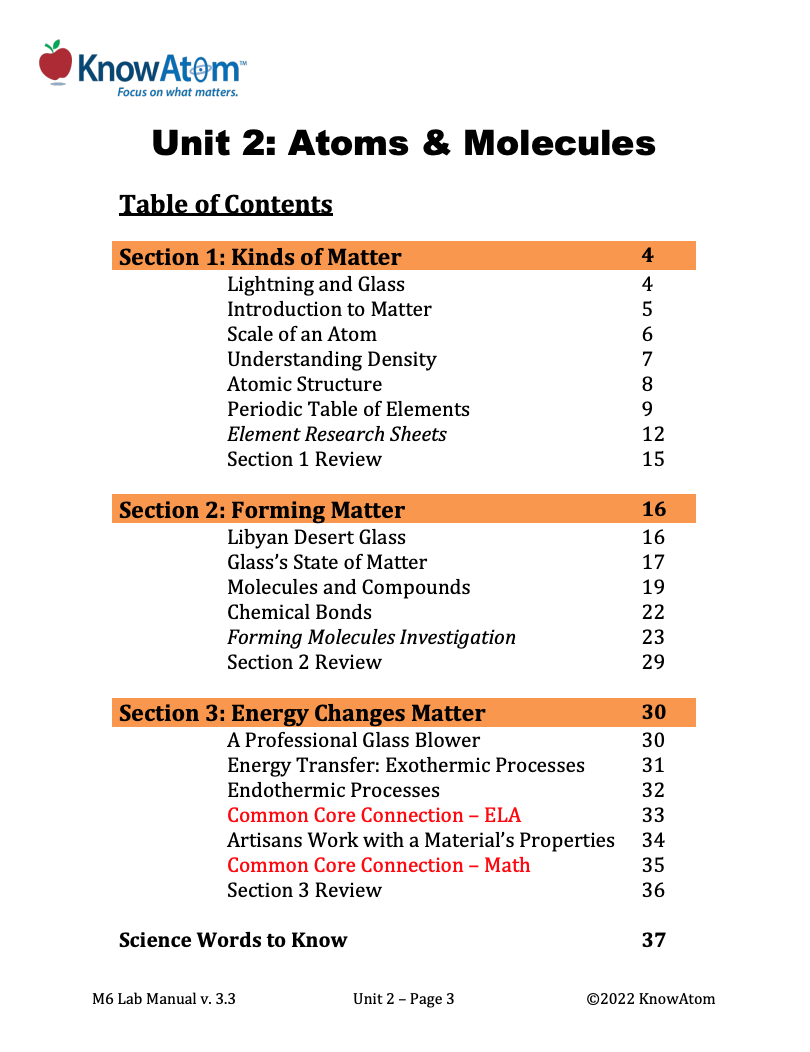
In this unit, students explore the science phenomena of interactions between energy and matter, analyzing how matter can only change when enough energy is present. In this lesson, they investigate the structure of molecules, relating this structure to the matter’s properties. This page is a high-level extract of this lesson.
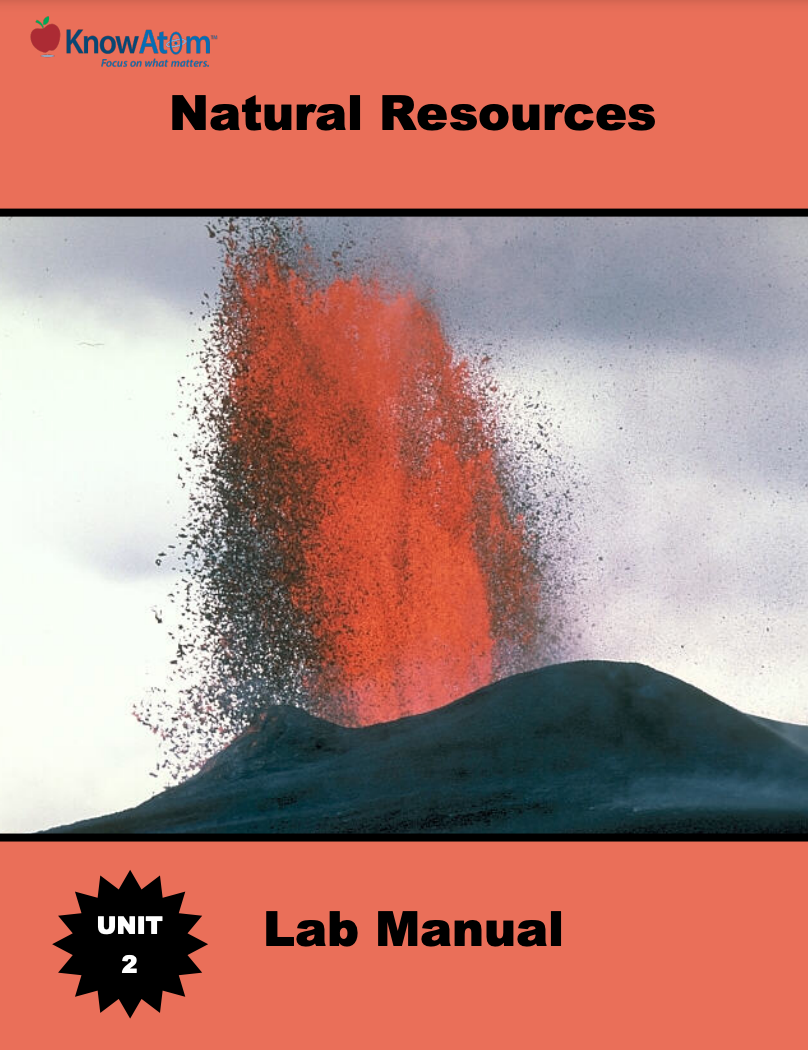
In this unit, students use what they know about the relationship between energy and matter to investigate how energy powers the cycling of Earth materials. In this lesson, they analyze the phenomena of processes that form fossil fuels, which determine how these natural resources are distributed around the planet. This page highlights all the parts of this lesson.
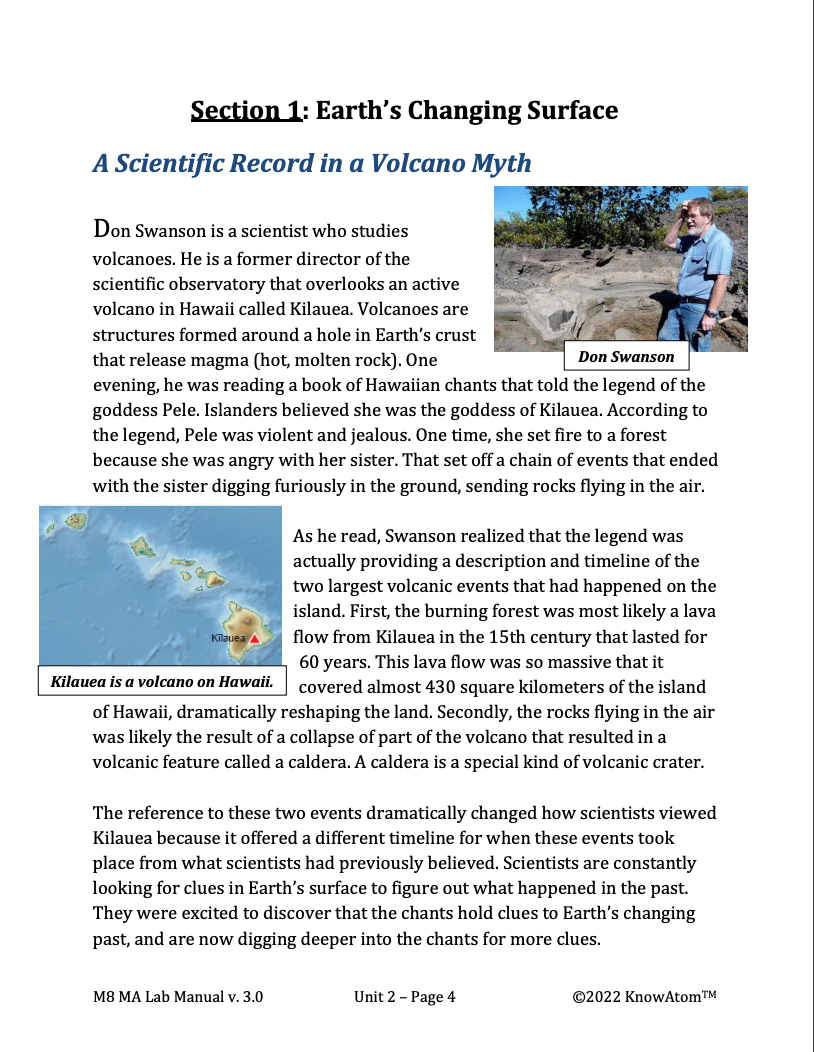
In this unit, students use what they know about the relationship between energy and matter to investigate phenomena of how energy powers the cycling of Earth materials. They begin with this lesson on modeling the Earth processes that form different kinds of rock. This page provides an overview of this lesson.
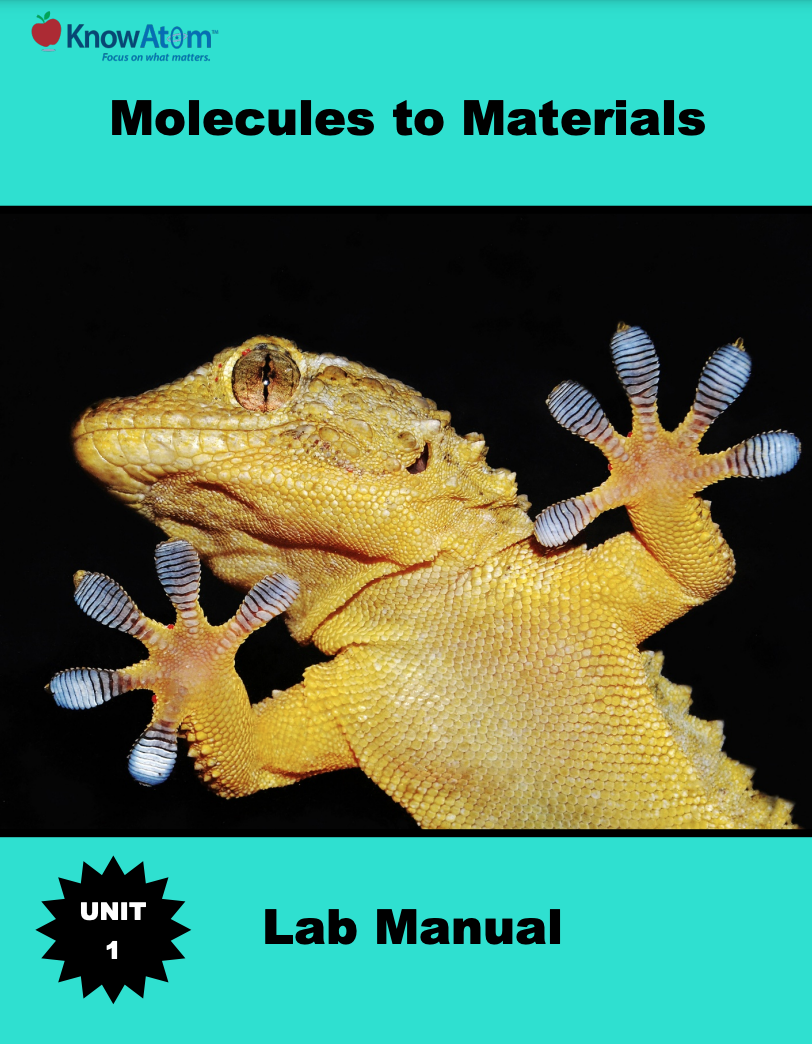
In this unit, students are introduced to matter and energy as they learn about how scientists and engineers design materials with specific properties to address a wide range of societal needs. They focus on the basic structure of matter, and how energy changes matter in physical and chemical changes. In this lesson, students focus on the role of energy in changing matter during a chemical reaction phenomena between two substances. This page provides an overview extract of this lesson.
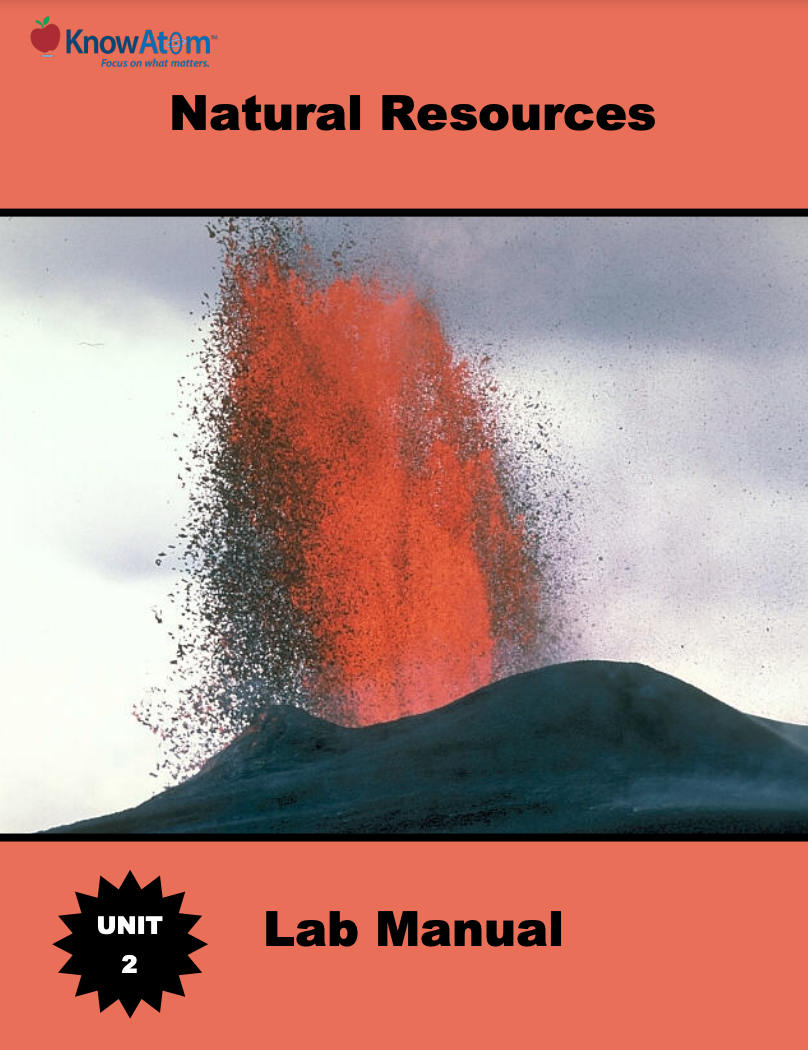
In this unit, students explore the natural processes that cause Earth’s surface to change over time, analyzing how energy causes Earth’s matter to transform and cycle from one form to another. In this lesson, they trace phenomena of how energy is transferred in chemical reactions, which allows scientists to produce ethanol to use as an alternative energy source. This page showcases each component of this lesson.
Standards citation: NGSS Lead States. 2013. Next Generation Science Standards: For States, By States. Washington, DC: The National Academies Press. Neither WestEd nor the lead states and partners that developed the Next Generation Science Standards were involved in the production of this product, and do not endorse it.
